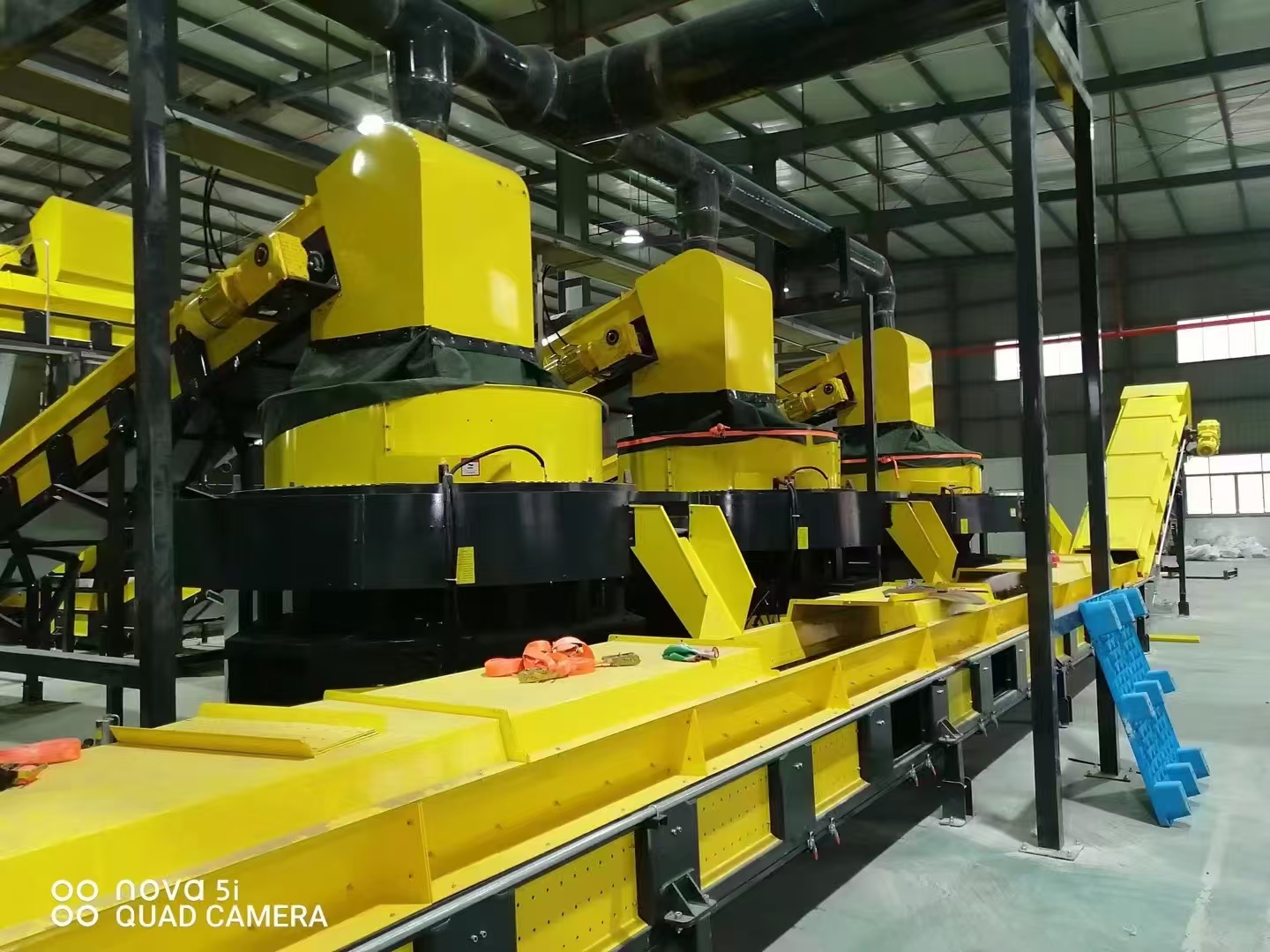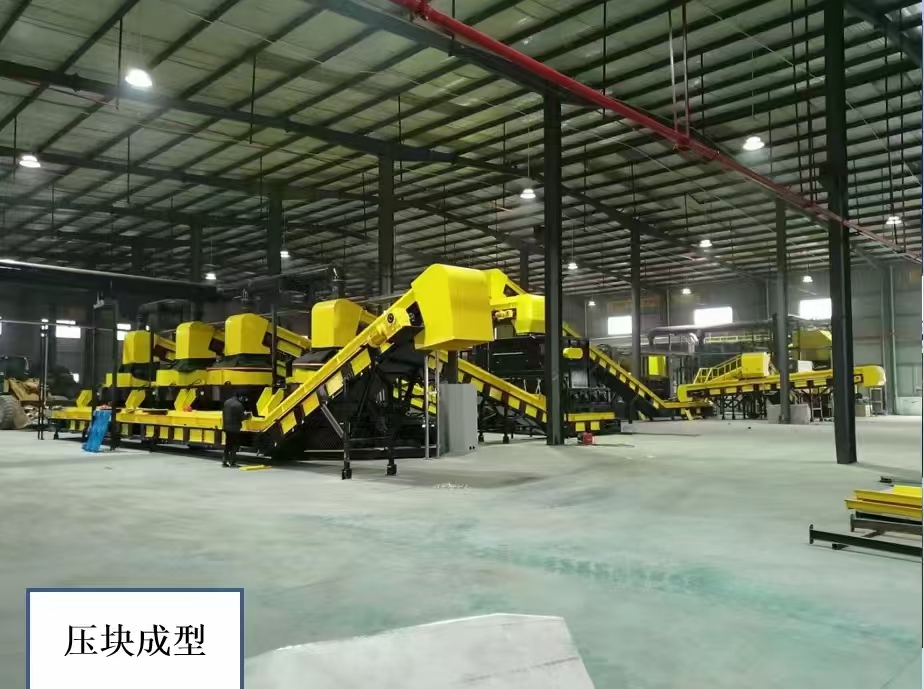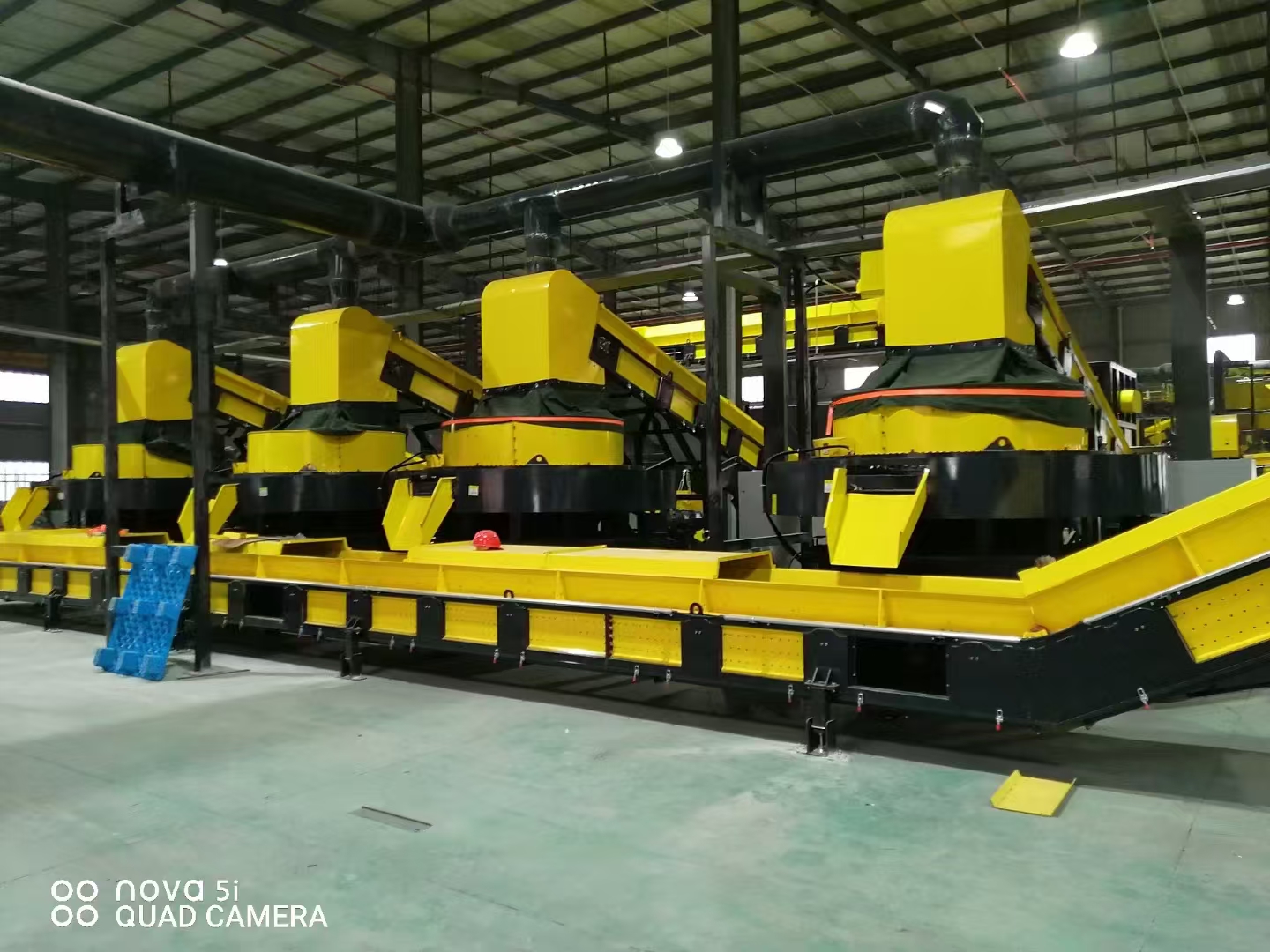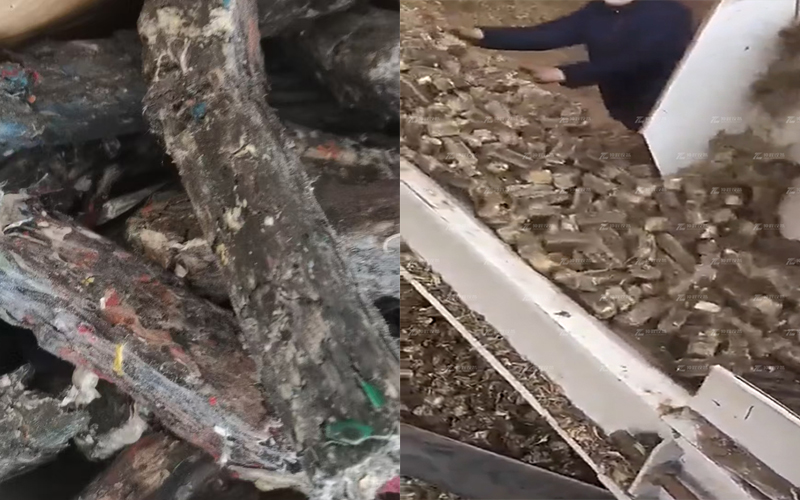RDF Refuse Derived Fuel making machine

Recently, a customer asked what is the difference between SRF and RDF,
which are both alternative fuels? As we all know, RDF is a garbage-derived fuel,
so what is SRF? I believe many customers are not clear about it and think it is a new word or name.
Now Xiaojie will explain in detail what is the difference between SRF fuel and RDF fuel?
What are the differences?

First, let’s talk about RDF. RDF is the abbreviation of Refuse Derived Fuel.
It has the characteristics of high calorific value, stable combustion, easy
transportation, easy storage, low secondary pollution and low emission of
dioxin-like substances, and is widely used. In the fields of drying engineering,
cement manufacturing, heating engineering and power generation engineering.

Next is SRF. SRF is the abbreviation of Solid Recover Fuel. SRF is usually refined RDF.
SRF is not garbage, but a clean, homogeneous, high-quality, high calorific value fuel that
can be used in power plants or cement. Replace traditional fossil fuels such as coal in the
factory. Moreover, SRF is a very environmentally friendly fuel, its carbon dioxide emissions
are only one-quarter of coal, and NOx emissions are also significantly reduced.
RDF Recycling Processing Plant Features
An RDF recycling processing plant consumes solid waste and generates RDF(Refuse-derived fuel)
or SRF(Solid Recovered Fuel) or TDF(Tire-derived fuel).
The RDF(refuse-derived fuel) mainly consists of combustible components, with the non-combustible
components removed during processing, and this fuel can then be incinerated to produce heat energy.
Diverting waste from landfill and creating alternative energy for fossil fuels.

High-quality RDF and SRF preparation lines require the following steps:
1. Coarse crushing;
2. Sorting (wind separator, disc screen, drum screen, bouncing screen, eddy current sorting, iron remover, etc.);
3. Fine crushing.
4. Drying and pressing.
RDF Manufacturing Process (How is RDF produced?)
The RDF production process is various based on the composition of the infeed materials.
The following are the major steps of an RDF recycling processing machine producing RDF alternative energy.
Sorting: This step mainly involves sorting various collected waste materials, including
industrial scraps from shoe and clothing processing plants, paper mill scum, large piece waste,
household waste, etc. The purpose of classification is to distinguish recyclable materials (such
as paper, plastic, glass, and metal) from combustible organic waste (such as food residue,
paper, wood) for subsequent processing.
Coarse shredding: Classified combustible organic waste will be sent to a shredder for initial
crushing, converting large-sized waste into smaller particles for subsequent processing.
Magnetic separation: Use a magnetic separator to separate metal impurities from the crushed
material, ensuring the purity of RDF fuel.
Air classifier: This step is usually used to further separate lightweight materials and other impurities
through wind power, in order to further improve the purity of RDF.
Fine crushing: After preliminary sorting, the material will enter the fine crusher for further crushing,
achieving a more uniform particle size for subsequent compression and combustion.
Forming: The finely crushed material is compressed and shaped by a molding machine to form
RDF fuel blocks or particles with a certain shape and density for storage and transportation.
The RDF Processing Plant comes with dust filtration and air circulation as the RDF production
generates excessive odour and dust.
| RM100 | RM300 | RM500 | |
| Power | 75+3kw | 220+3.7kw | 280+4.2kw |
| Ring die diameter | 580mm | 780mm | 980mm |
| Cooling type | Oil cooling | Oil cooling | Oil cooling |
| Running noise | < 80 db | < 80 db | < 80 db |
| Feed moisture limit | 15-20% | 15-20% | 15-20% |
| Feed material size limit | <50mm | <50mm | <50mm |
| Pellet Diameter | 20mm | 20mm | 20mm |
| Capacity | 1-2T/H | 2-3T/H | 4-5T/H |
-
 Trommel screenTrommel screen, also known as drum screens, are widely used in various industries for sorting and separating materials.Get Quote
Trommel screenTrommel screen, also known as drum screens, are widely used in various industries for sorting and separating materials.Get Quote -
 Crop straw double shaft shreddApplications:Biomass Energy Production: Shredded straw can be used as a feedstock for bioenergy plants to produce electricity or heat.Livestock Feed: Reduced-si...Get Quote
Crop straw double shaft shreddApplications:Biomass Energy Production: Shredded straw can be used as a feedstock for bioenergy plants to produce electricity or heat.Livestock Feed: Reduced-si...Get Quote -
 Zhongcheng Air Drum SeparatorAir drum separators effectively separate lightweight materials (e.g., plastics, paper) from heavier materials (e.g., metals, glass). This high efficiency is cru...Get Quote
Zhongcheng Air Drum SeparatorAir drum separators effectively separate lightweight materials (e.g., plastics, paper) from heavier materials (e.g., metals, glass). This high efficiency is cru...Get Quote
-
2024-06-05Waste Trommel And Copmost TrommelHowever, it's important to choose the right type of drum screen based on your specific needs. Today, Kevin from Zhongcheng Company will explain the differences...
-
2024-06-09Advantages of Using Drum Screening Machines in Waste ManagementUnderstanding the working principle of drum screening machines is essential to appreciate their efficiency and effectiveness in waste management. Operation and ...
-
2025-04-21Compact Copper Cable Granulator MachineThe compact copper cable granulator machine is a device used to recycle waste wires and cables. It separates the copper wire from the plastic sheath by crushing...
-
2024-07-10msw trommel screen for waste recycling machineThis equipment is suitable for the particle classification process in all walks of life:The equipment is simple, easy to operate,and can be operated with a larg...
-
2024-08-16Crop straw double shaft shredderApplications:Biomass Energy Production: Shredded straw can be used as a feedstock for bioenergy plants to produce electricity or heat.Livestock Feed: Reduced-si...



